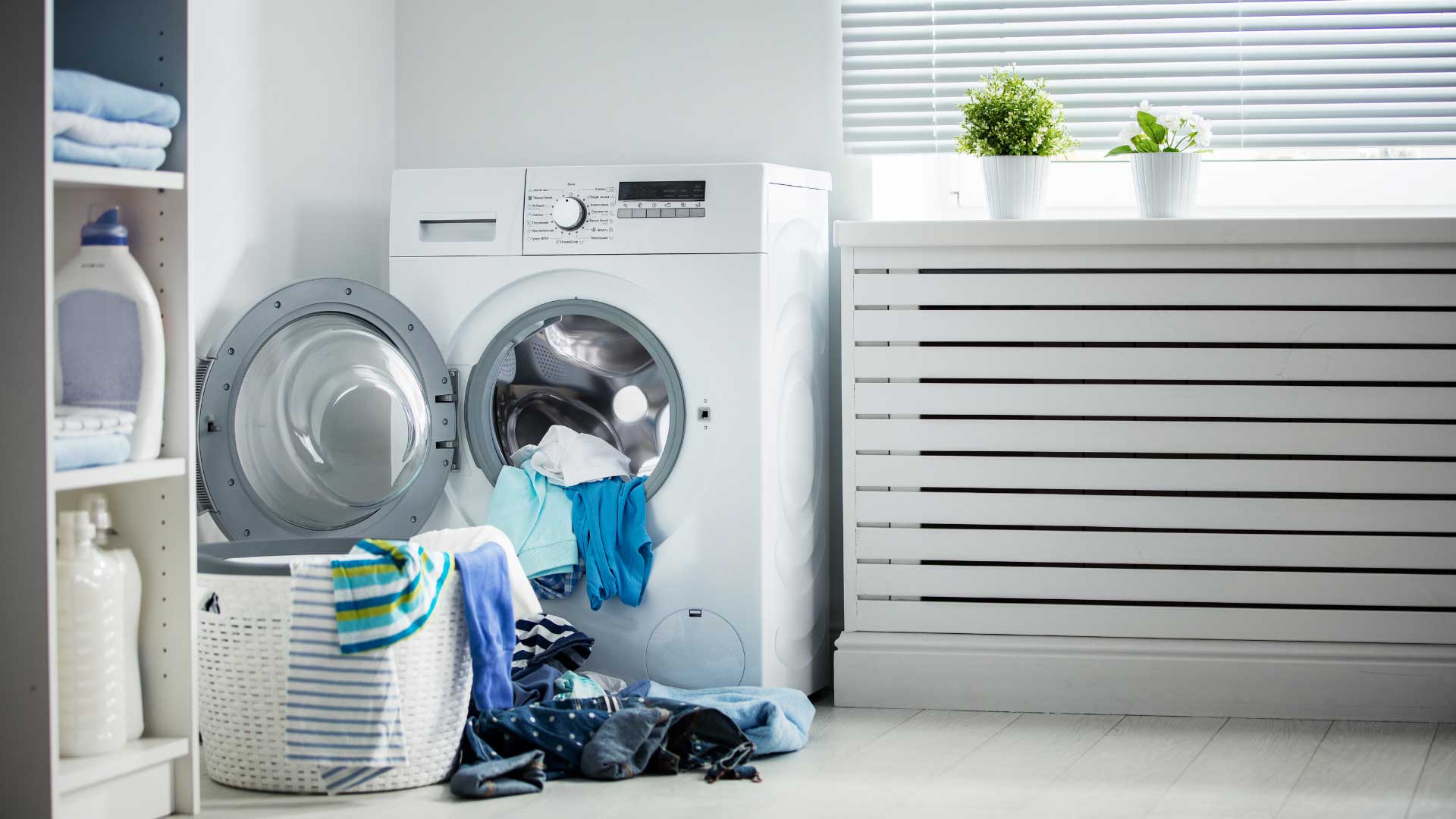5 Top Tips When Your Washing Machine Stops Working
What do you do when your washing machine stops working? They always seem to choose the worst time to break down, don’t they? And when laundry stops, the household seems to stop.
A broken washing machine can be tricky. If your washing machine is not working, sometimes it can be an easy fix. Other times, it makes sense to call the pros. And, trust us, it can be hard to tell the difference.
Today, we’re going to talk about the top 5 tips to help you troubleshoot washing machine problems from home. We’ll help you diagnose the problem and give you some quick fixes to use before you go calling in the pros.
Let’s get going!
1. Check Your Power Supply
If your washing machine stops working, the first thing you’ll want to check is the power. Your washer and dryer are the two most powerful appliances in your home. By powerful, we mean they require the most power.
If you have a multi-meter handy, you can check the voltage of the outlet where you have your washing machine plugged in. If there’s no voltage coming from the outlet, the next thing you’ll need to check is your electrical panel. Occasionally, breakers will trip during power outages.
If there’s no tripped breaker, and your outlet still isn’t getting power, contact a professional to help you replace the outlet.
2. Your Washing Machine’s Motor
Your washing machine’s motor is another common trouble area. When the motor gets heats up, your washer has a safety mechanism that shuts it down automatically. This is to prevent the motor from overheating or frying.
If this happens once or twice, it’s normal. But, if it continues to happen frequently, you may need to call a professional to help you fix the washing machine.
3. Fix the Drain Hose
Another popular reason for washing machine malfunction is your washing machine’s drain hose. If this hose gets clogged, water won’t drain properly from your washing machine.
The first step to troubleshoot this problem is to remove the hose and check for any clogs. Usually, you can use a garden hose to help flush out any blockages. If that doesn’t work, you’ll need to check the drain hose for kinks.
It’s also a good idea to check your machine’s lint traps. If those seem ok, then there may be a larger issue with your home’s draining or the inner mechanics of your washing machine. At this point, it would make sense to call a professional.
4. Fixing A Broken Lid Switch
Your washing machine has a switch installed in the lid. This is the reason why your washing machine stops running every time you open it. Sometimes these can malfunction if the switch isn’t in good condition or in the right position.
5. Your Washing Machine Won’t Spin
Homeowners often have problems with their washing machines not spinning. If this happens, it could be for several reasons.
One of the main reasons is loads of laundry that are too large. Try putting fewer clothes in the next time you do laundry. You may see that the problem goes away.
If that doesn’t solve the issue, you may want to check the washer’s switches and settings. If all else fails, you may be dealing with a drainage, belt, or motor issue.
If you’re handy with tools, you might be able to tackle those issues yourself. Otherwise, you may want to get in a professional appliance repair technician.
A Plan When Your Washing Machine Stops Working
You now have a plan of attack for when your washing machine stops working. Try these tips and see if you can fix your washing machine without calling a technician.
But, if you do need professional help with your washing machine, we’re only a phone call away. Contact Unit Appliances in Melbourne. Our friendly and knowledgeable staff are more than happy to help you with anything you need.


0 Comments